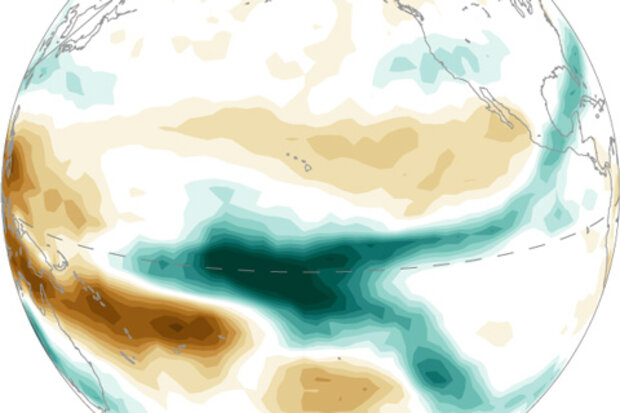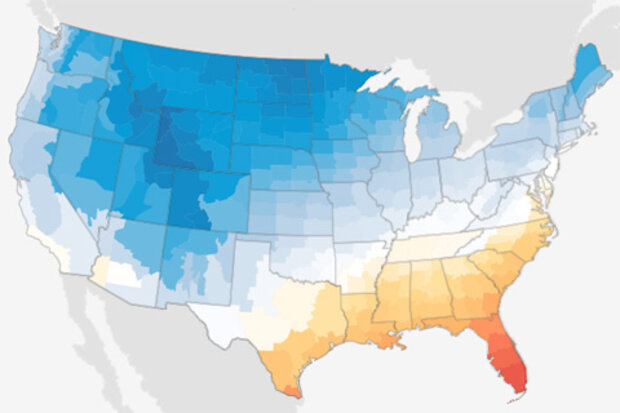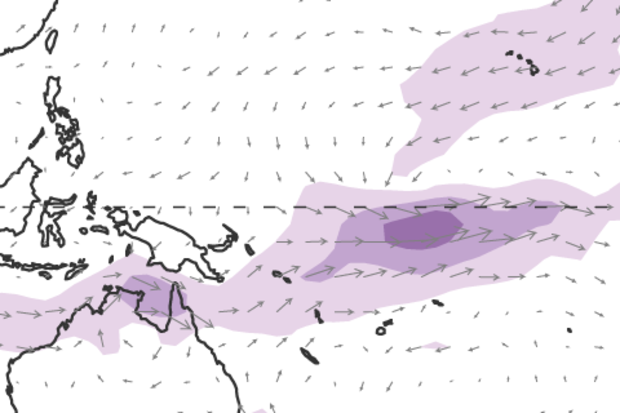Blogs
Despite getting a little boost from some strong winds across the tropical Pacific Ocean in January, the warmer-than-average ocean temperatures that drive El Niño have likely peaked. Now that we’re looking out from the other side of the mountain, let’s answer some questions.
So is this the strongest El Niño on record, or what?
This is definitely one of the strongest three going back to 1950. It’s hard to say definitively what single El Niño is the strongest, because there are a lot of different ways to measure strength.
The Oceanic Niño Index, the three-month-average sea surface temperature departure from the long-term normal in one region of the Pacific Ocean, is the primary n…
Read article
It’s early February, and many of us just dug out—literally and figuratively—from the blizzard of January 2016. We got 6-12 inches here in Asheville; the totals varied from mountain to mountain, like they always do. The snowstorm also buried me under 25 feet of snow-related paper, and that’s what inspired this week’s blog.
Putting today’s big weather events into perspective is one of our responsibilities here at NCEI. People and businesses are naturally curious about whether today’s Big Event is dwarfed by history, repeats history, or makes history. This helps us map it out in our minds and in our strategic plans, and that helps shape our actions going forward.
We need&nbs…
Read article
As the strong El Niño begins weakening later this winter and spring 2016, some clever folks may wonder whether La Niña conditions might develop in the second half of the year. The figure below shows the variations of the 3-month average sea surface temperature departures from average (the anomaly) in the Niño3.4 region, using the ERSSTv4 data (footnote 1).
You can see that sometimes La Niña does occur the year after a significant El Niño, like after the El Niño events of 1997-98, 1972-73 and 2009-10. But it doesn’t always happen, such as after the events of 1991-92 and 2002-03.
Can we estimate how likely a switchover is from an El Niño to a La Niña for the following year? And does …
Read article
Welcome back—belatedly—from the holidays. For those of us east of the Mississippi, it didn’t feel like the holidays. Well, it did feel like a holiday—Memorial Day, maybe. In fact, for some of us, the weather felt a lot more like Memorial Day than the holidays we celebrate as the year closes.
The year ended with an unprecedented warm run in the United States. The last 5-6 weeks of 2015 were very warm east of the Rockies. But how unusual was it?
Just how warm, nationally?
On a national scale, December was both the warmest and wettest December on record for the contiguous United States, or CONUS. That in itself is a feat. It’s the first time since the CONUS record reached statistic…
Read article
Happy New Year! December was an action-packed month, El Niño-wise. We’ll take a look at what happened in the tropical Pacific and around the world.
Out with the old
El Niño put up some pretty impressive numbers in December. The Niño3.4 index, which compares ocean surface temperatures in the east-central Pacific to the long-term average, broke the record in December, coming in at 2.38°C above average, surpassing December 1997’s 2.24°C. (This is using the ERSSTv4, the most historically consistent sea surface data we have.)
El Niño is ultimately measured on seasonal timescales, though, so the average of the sea surface temperature anomaly (departure from the long-term average) over thr…
Read article




